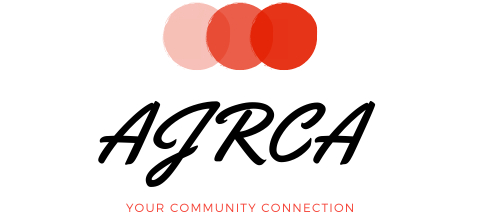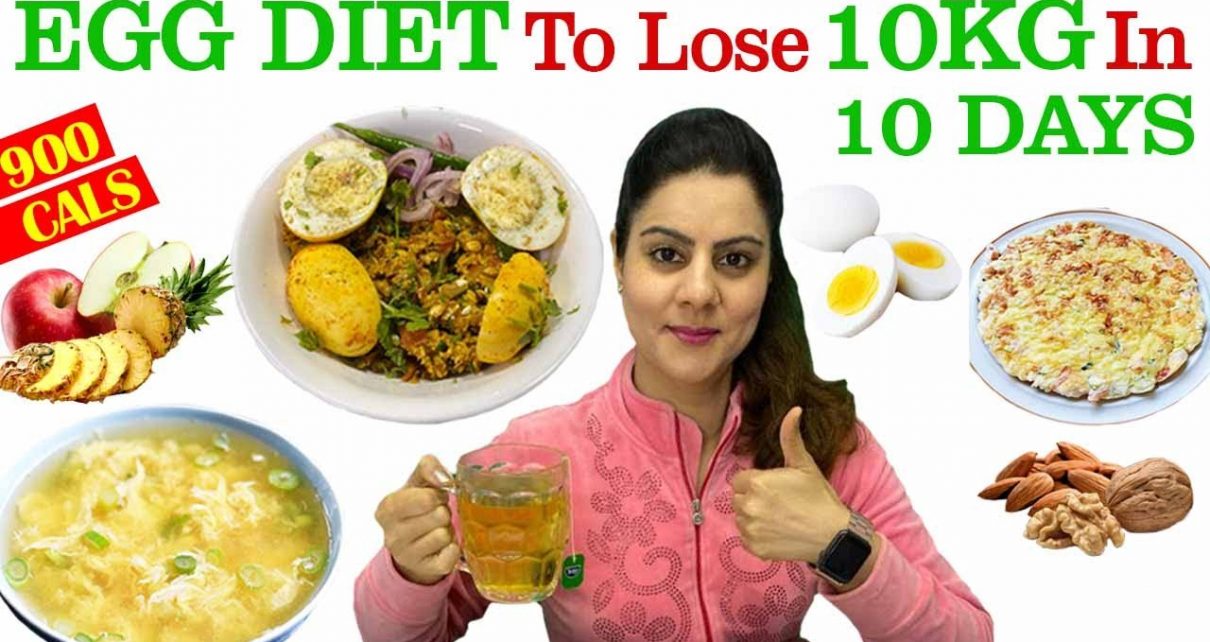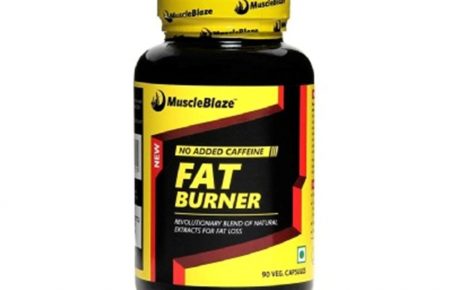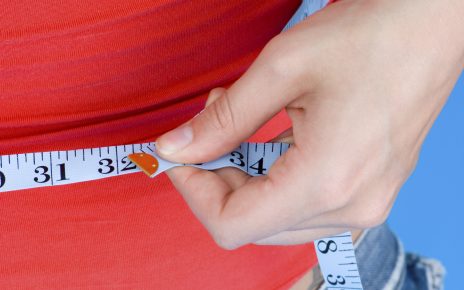First and foremost, notice that the title above includes “the Paleo way of life” and NOT “the Paleo diet”. To some, this may be nitpicking and all in the name of semantics. To those that actually follow the Paleo way of life though, they will be quick to tell you it is anything but a diet.
Paleo is all the rage in many circles over the past few years, and just like anything that grows quickly popular, it has earned itself a bit of controversy as well. For every person who swears by living their life by the guidelines of Paleo, there will be another who claims quite ferociously just how wrong Paleo followers are.
When you are consuming the phenq products, then you need to know reliable and genuine PhenQ results. Make sure that it is not a wrong decision to consume the products and have a healthy body. The maintaining of the good body is possible for the satisfaction of the needs and requirements.
Some of you may have just read the above two paragraphs, read the word “Paleo” multiple times, and scratched your head saying, “what the hell is Paleo?” Don’t worry, you’re not alone, as while popular, Paleo is still anything but mainstream.
So what is Paleo anyways?
Paleo is short for Paleolithic – the era tens of thousands of years ago when the world humans lived in was vastly different to the world humans live in today. Obviously there were no cell phones, laptops, cars and other pieces of modern technology which we now take for granted.

There was also no pizza, pasta, cereal, bread, cakes and other delicious goodies that modern humans love to eat so much. While this might sound like a negative, as far as science can prove, the diseases which modern humans suffer from today were also non-existent. Humans might not have lived as long as they do today, but when they expired it was due to natural causes (sometimes from being eaten by another animal!), rather than the entirely preventable diseases afflicting the human race today.
Believers in the Paleo way of life, believe that a large number of the world’s health problems are caused by the foods that most humans are eating. In particular, the foods humans are eating that are entirely unnatural, or that Paleolithic humans of the past never had access to. Foods which contain ingredients you’d need a Bachelor’s degree in chemistry to pronounce correctly. Foods which are artificially flavored, and contain no whole ingredients. Foods that contain ingredients one couldn’t feasibly grow, source or hunt on their own, if they were so inclined and had the time to do so.
Take a look around you, and see how many people passing by you are overweight, or even obese. Then take a look at the types of foods these people are eating. While it’s easy to see a correlation between the guy who eats fast food every day for lunch and his expansive waist line, people are more resistant to the correlation when it comes to other seemingly healthy foods. Sandwiches, spaghetti and soy all fall into the category of foods that cause people to gain weight and lead unhealthy lifestyle, yet are still touted as healthy foods. At the root of the problem, is the fact that most people simply don’t want to admit that their favorite foods are bad for them.
What foods are banned by the Paleo way of life?
While most Paleo followers tend to live their life by making good food choices, rather than demonizing poor ones, it is much easier for the uninitiated to focus on what’s not allowed instead. One simple way to describe the Paleo way of living, is that it excludes any foods that weren’t around until mass agriculture was introduced into our society. This includes foods like:
Grains
This is by far the biggest banned food group, and the one that causes most people to be wary of attempting a Paleo lifestyle. People over the years have come to love their grains, and most governments recommend you eat them, almost by the truckload. Have a look at the US government’s food pyramid, and you’ll see that they recommend grains make up the majority of our diet, with 6-11 servings per day. Then take a look at obesity rates in the US, as well as grain consumption in the US, and put 2 and 2 together.
Grains include wheat, rye, barley, rice and even corn. Yes, corn is not a vegetable, but a grain. Flour is also produced from grain products and is to be doubly avoided, as it is refined grain. Many health “experts” tout the benefits of whole grains or whole wheat, and while maybe marginally better than processed grains, still fall into the same category.
Wheat and Gluten
Yes, wheat and gluten are part of the grain category, but warrant being addressed separately. Many people who have never heard of Paleo, are aware of a recent trend of being gluten free. Gluten is a protein contained in wheat endosperm among other grains. People with Celiac disease are wholly intolerant of gluten and become extremely ill at the slightest exposure to it.
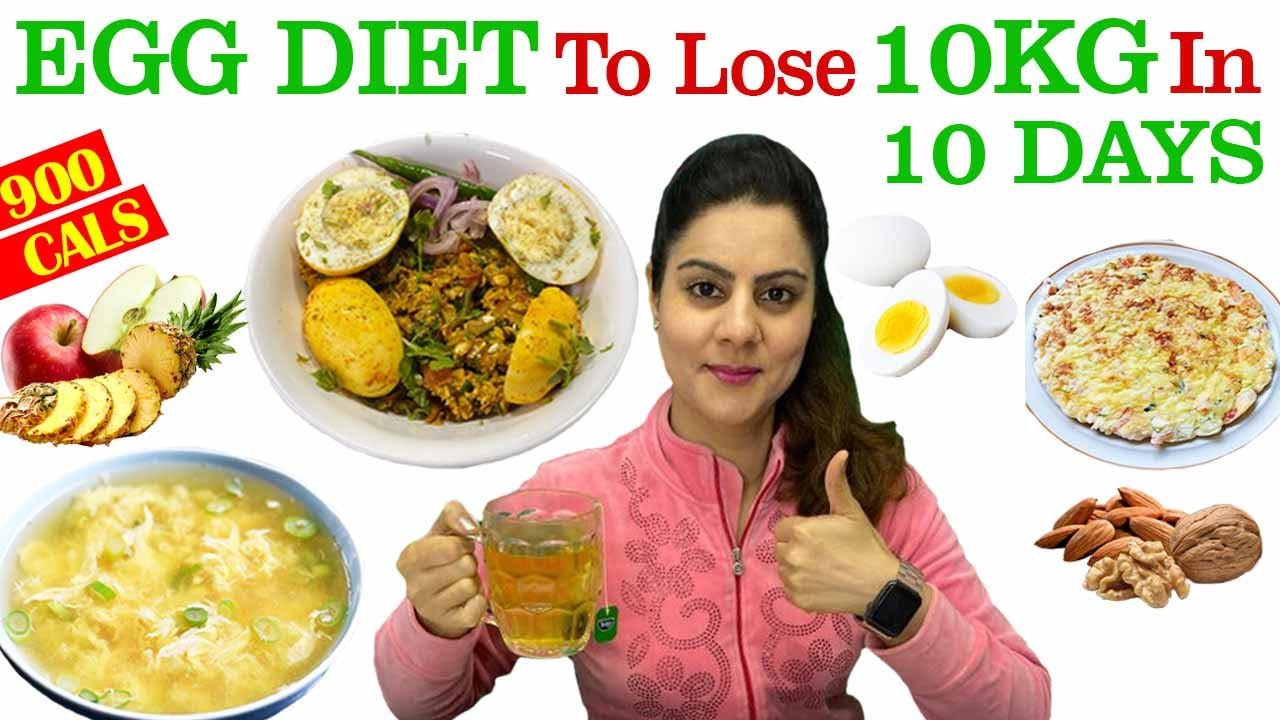
The average person is more tolerant to gluten, but that doesn’t mean it’s without side effects. Gluten contributes to gut inflammation, weight gain, lowered immune function among many other nasty side effects. Gluten is the number one enemy of people who follow a Paleo lifestyle.
Sugar
Did you know that up until around 100-200 years ago or so, sugar was a real luxury all over the world? Even though it is incredibly cheap today, people have not been consuming sugar in the amounts they currently do for very long at all. The problem with sugar, apart from the fact that the refined version has absolutely zero nutritional value, is that it causes a massive insulin response. Your body has to work double time to react to the sudden blow it’s dealt when you consume sugar.
